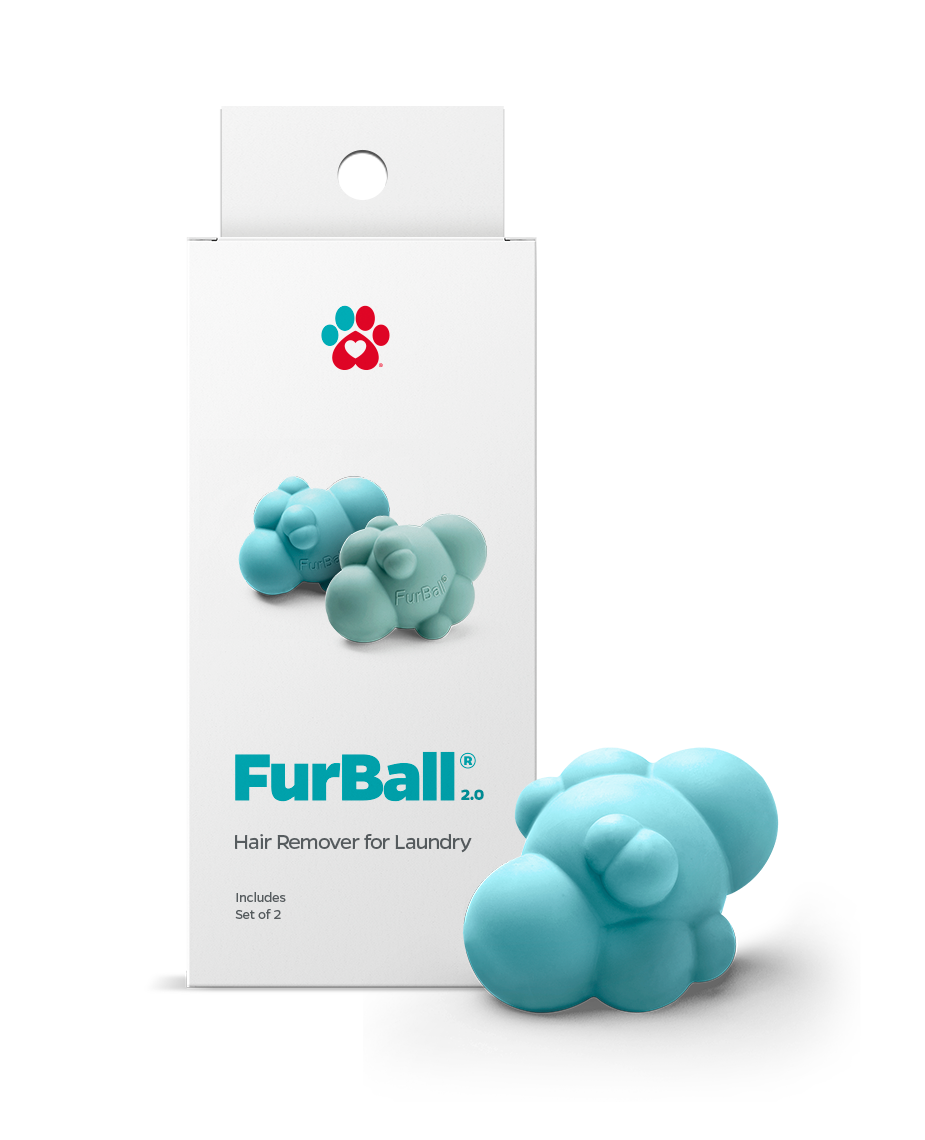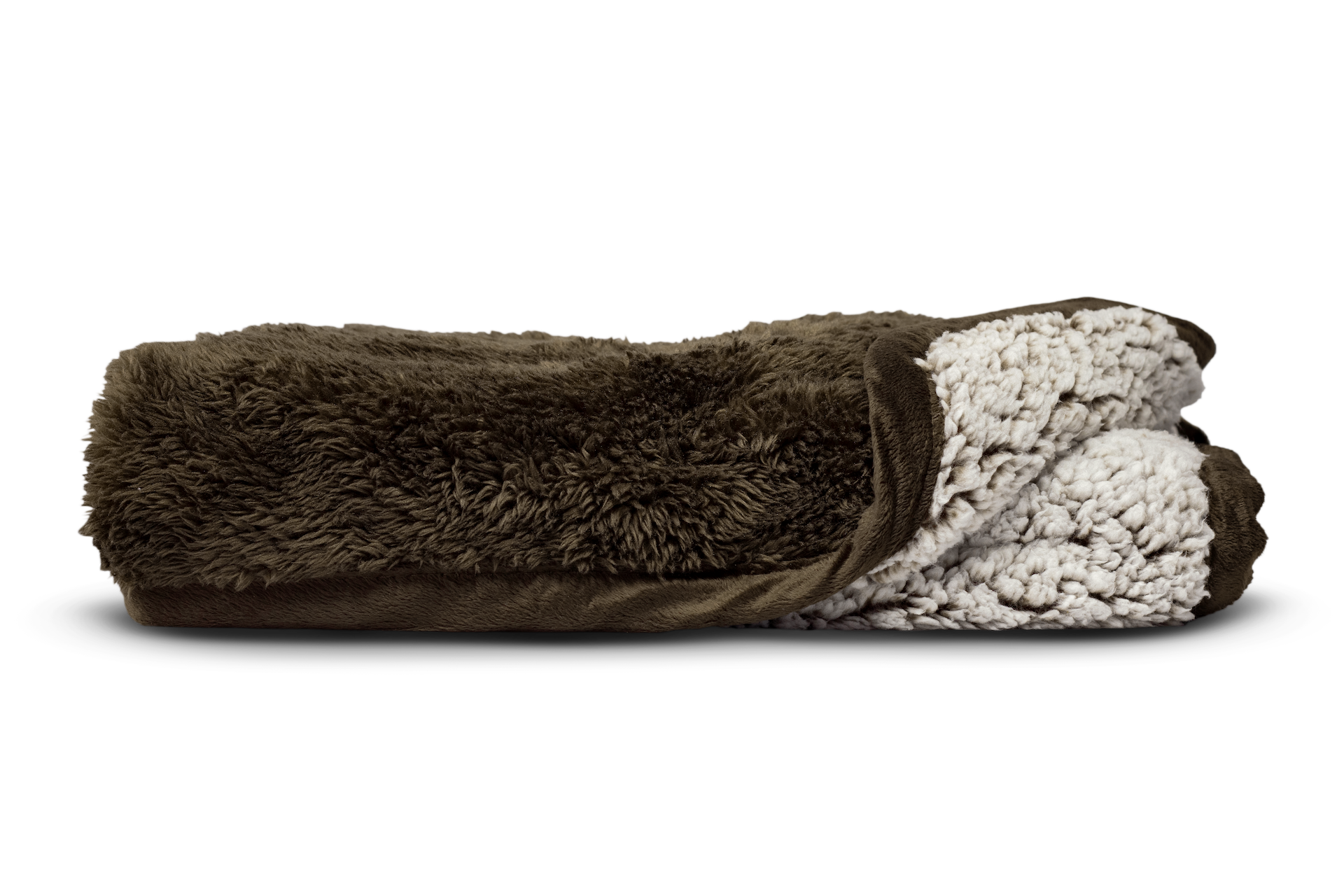"Not every wheelchair will work for your dog, so it is a must to find one that's a fit and trusted."
How to transition your dog to get used to his new wheelchair?
When your dog gets diagnosed with something that hinders them from freely moving around, playing, running and doing anything they want, it can get tough. But luckily, there's a wheelchair specially made for your disabled dog. Wheelchairs for dogs help furbabies regain their freedom (and mobility!).
Wheelchairs help dogs regain their freedom (and mobility!). Here, we'll give you tips to help your dog get acquainted with his new "wheels," making the transition process as easy and as comforting as possible.
Choosing the Right Dog Wheelchair
The kind of wheelchair that's right for your dog will depend greatly on your dog's disability. Does he have neurological problems? Hip Dysplasia? Arthritis? Paralysis? Weakness in the limbs? Spinal problems? Recovery from Surgery? Amputations?
Not every wheelchair will work for your furbaby, so it’s a must to find one that’s fit and trusted. The wheels should be also be customized to fit your dog and will allow them to walk properly with just the right height. Dog wheelchairs for front legs and dog wheelchairs for back legs may differ, so be sure to find the right one! From large dog wheelchairs to dog wheelchairs for small dogs, there are lots of different options to choose from.
According to Purina, there are many kinds of wheels, mostly based on the terrain your dog will be walking on and how long their walks are going to be. Dogs with wheels have different alternatives for harnesses and stirrups so that your fur-baby can still use their legs if there is still some mobility left. This will help maintain muscle mass and mobility even when using the wheelchair. Your dog walking in wheelchairs can help them easily get around and avoid dragging their limbs. Senior dog wheelchairs can be wonderful for old dogs who cannot get around like they used to.
Getting Your Dog Acquainted with Their Wheelchair
Wheelchairs are new for your dog. He might get scared or get out of control during the first time you put it on him. First times are always overwhelming, both for you and for your dog.
In some cases, according to Handicapped Pets, the personality or age of the dog greatly cause them to be wary and suspicious of using the wheelchair. Some dogs are frightened by the sounds the wheelchair makes when it starts moving, while some become anxious every time the wheelchair gets stuck on something. Walking dogs in wheelchairs may feel foreign to both you and your furbaby and can take some time to get used to.


To help your dog remain calm, slowly introduce the wheelchair and let them wear it a few minutes a day. As they get used to the feeling of being attached to them, gradually increase the time of having them wear the wheelchair. Dog wheelchairs for front or back legs can feel different to your dog. A dog in a wheelchair is unlikely to immediately know how to use it. However, with some time and encouragement, they will soon learn that it is a great help to them.
You can also offer your furbaby Pet Parents® Calming SoftSupps® to help them remain calm and relaxed during stressful situations. These supplements contain a branded form of L-theanine for dogs, Suntheanine®, and taurine for dogs that help support balanced behavior and offer a sense of relaxation. New things can be stressful to dogs and as such, supplements can help them relax as they adjust to their new wheels.
Be Patient
Give your dog enough time to adjust to changes. Dogs are routine-loving animals and most of the times, they will perceive unfamiliar things and sudden routine changes as threats. To help them get through this, you can place the wheelchair in a place where your dog feels secured. By keeping the wheelchair somewhere your dog can see all the time, it will help them to get at ease with it on their own terms.
Let them explore their wheelchair slowly and don't try to control them. You can use positive reinforcement and offer them treats if they remain calm while checking out the wheelchair. With this, they will begin to associate that remaining calm around the wheelchair means they will be getting rewards. Most dogs will adapt to the wheelchair quickly, but others require a little more TLC to get through. Remain patient and tolerant for best results.
Begin the Training
Once your dog does not seem nervous anymore whenever the wheelchair is around or attached to them, it is time for training. Walking with a dog wheelchair can be a great adjustment for them, and to make them adjust quickly:
- Begin in a wide and open space to prevent your dog from crashing and bumping into things. A wide, open space is the best option for when your dog’s is still finding out how to walk with wheelchairs on. If you begin on grass, the surface can be tricky for your dog as a beginner. If you begin indoors, your dog may bump and get stuck on things in your house. Instead, choose a large paved area that’s free from distractions or possible stressors.
- Make sure the wheelchair harnesses fit well (not too tight, not to loose).
- Use healthy treats to encourage your dog to take steps and move around. When your dog is settled on the wheels, try and encourage them to start moving. It helps to use treats or Gnawtlers® as a reward – hold them at nose level, a few inches in front of your dog. If they come to it, hold the next treat a little further away to keep them moving.
- Once they begin to walk around, praise and reward them.
- Give enough time for your dog to rest as transitioning to using a wheelchair can be stressful. Never rush the process that your fur-baby begins to become anxious. Have your dog use their wheels for short periods of time, around 5 to 10 minutes, then allow them to rest. Increase the time gradually. It’s also good idea to train your dog while their stomachs are empty. They’ll be more focused and willing to pay attention if it means getting a treat as a reward.
Make it a Positive Experience
If your furbaby is not really the food-driven type, find out what motivates them. Toys? Playtimes? Whatever it is, find out what drives them and make wheelchair training a positive experience.
Some additional pointers to help your fur-baby transition to their new wheelchair:
- Watch out for inclines, steps, and objects the wheels may get stuck in.
- Be realistic about what wheelchairs can achieve. There are limitations to a dog’s health and mobility even with a wheelchair, especially if they are in their senior years, injured, or are still recovering from surgery. Even with just moving around your lawn is an achievement.
Know what to expect since even if with a dog wheelchair, your dog will still have limitations on moving. Give time, patience and extra love so your dog will be able to do the things they love to do in no time! Whether your dog’s wheelchair is for their front or back legs, it will take some adjusting. A wheelchair for dogs can provide amazing benefits and freedom, but still requires some confidence building and training. Support your furbaby as they go through the process of becoming a wheelchair dog and enjoy their re-gained mobility.









